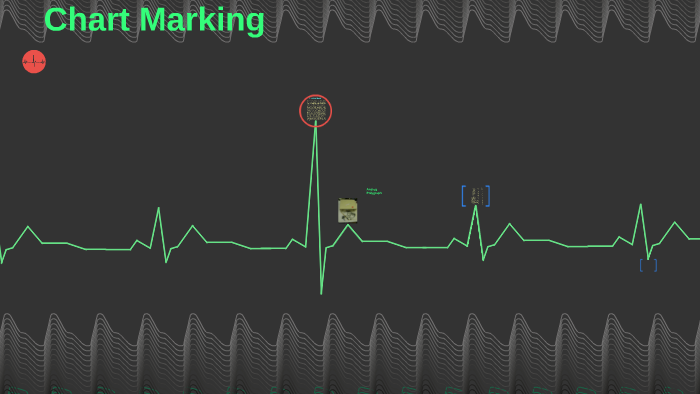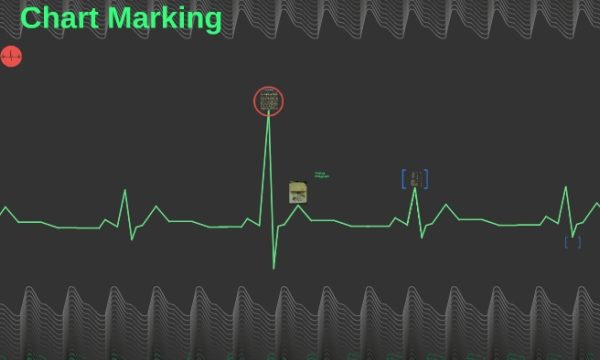
In a world where honesty is paramount, the use of lie detector tests has been a subject of both fascination and controversy. We often see these tests depicted in movies and TV shows as a foolproof method of uncovering the truth. But behind the allure of these tests lies a complex blend of science and psychology that continues to intrigue and mystify us.
At its core, a lie detector test is designed to measure certain physiological responses that occur when a person is being deceptive. These tests rely on monitoring parameters such as heart rate, blood pressure, and skin conductivity to detect signs of stress or anxiety, which are typically associated with lying. The premise is simple: when someone tells a lie, their body may involuntarily react in a way that can be picked up by the sensitive sensors of the polygraph machine.
History of Lie Detector Tests
The concept of lie detection dates back to ancient times, with methods such as the hot iron test and trial by ordeal used in various cultures. However, the modern lie detector test, also known as polygraph testing, was developed by John Augustus Larson in the early 20th century.
Larson, a medical student and police officer, created the first polygraph machine in 1921, which measured physiological indicators such as blood pressure, pulse rate, and respiration to determine if a person was being deceptive. This groundbreaking invention laid the foundation for the use of lie detector tests in criminal investigations and screenings.
Over the years, lie detector tests have been both praised and criticized for their accuracy and reliability. Despite technological advancements in polygraph machines, the debate continues regarding the efficacy of using physiological reactions to ascertain truthfulness. Nevertheless, lie detector tests remain a valuable tool in certain situations, shedding light on the hidden truths that may otherwise remain undiscovered.
Accuracy and Controversies
Lie detector tests have long been hailed as a powerful tool for uncovering deception. Proponents argue that these tests can accurately detect changes in physiological responses that indicate a person is being deceptive. However, critics raise concerns about the reliability of lie detector tests, pointing to instances where innocent individuals have been wrongly accused based on test results.
The accuracy of lie detector tests is a subject of ongoing debate in the scientific community. While some studies suggest that polygraph testing can be effective in detecting deception, others highlight the limitations of these tests. Factors such as the individual’s mental state, the skills of the examiner, and the testing environment can all impact the results of a lie detector test, leading to potential inaccuracies.
Controversies surrounding lie detector tests have raised questions about their use in legal proceedings and employment screenings. Critics argue that relying solely on polygraph results can be misleading and may infringe on individuals’ rights. Despite these concerns, lie detector tests continue to be used in various settings, underscoring the need for further research to enhance their accuracy and reliability.
Lie detector exam
The Future of Lie Detector Technology
In the ever-evolving landscape of technology, lie detector tests are poised to undergo significant advancements. These innovations aim to enhance the accuracy, efficiency, and reliability of lie detection processes. Researchers are exploring the integration of artificial intelligence and machine learning algorithms to analyze physiological responses with greater precision, paving the way for more sophisticated lie detection techniques.
Advancements in biometric sensors offer promising possibilities for the future of lie detector technology. These sensors can detect subtle changes in physiological indicators, such as heart rate, skin conductivity, and facial microexpressions, providing a deeper insight into the subject’s truthfulness. By harnessing the power of these biometric sensors, lie detector tests can become even more effective in discerning deceptive behavior.
Additionally, the future of lie detector technology might see the emergence of portable and non-intrusive devices that can be utilized in various settings. These compact and user-friendly lie detectors could revolutionize how truth verification is conducted, making the process more accessible and convenient. As technology continues to advance, the potential for improved lie detection methods holds great promise in unraveling the mysteries of deception.

